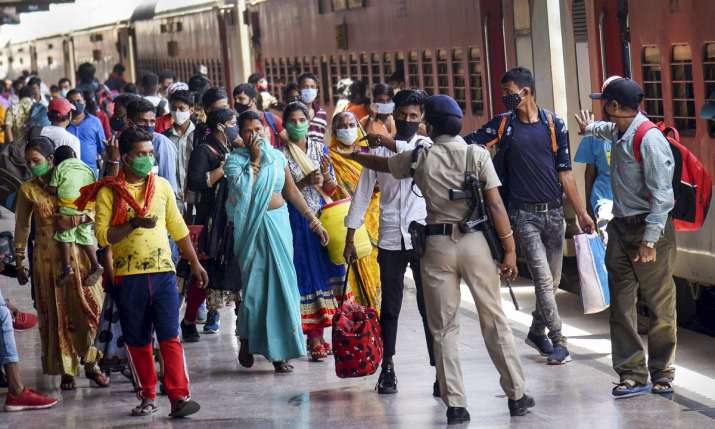Over the last 24 hours, India has recorded more than 300,000 coronavirus cases, the highest daily rise in the world, although COVID-19-related deaths have also increased to a new peak, as a brutal second wave raises concerns about the country’s health services’ capacity to cope.
On Thursday, India’s regular increase of 314,835 cases surpassed the previous world record of 297,430 cases set by the United States in January. According to health ministry statistics, India’s overall cases have risen to 15.93 million, the second-highest in the world, while fatalities have increased by 2,104 to a total of 184,657.
The world’s second-largest country’s healthcare infrastructure has been strained to breaking point by the second outbreak of coronavirus outbreaks blamed on a “double mutant” strain and “super-spreader” mass gatherings.
Hospitals throughout northern and western India, like New Delhi, have given warnings that they only have a few hours of medical oxygen to hold COVID-19 patients safe.
According to the Delhi government’s online database, more than two-thirds of hospitals had no empty spaces, and doctors urged patients to sit at home.
At least 24 hours COVID is a virus that infects people. On Wednesday, 19 patients died in Maharashtra, western India, when the oxygen supply to their ventilators ran dry, despite a national scarcity of medical oxygen, hospital beds, and medicines like remdesivir, an antiviral medication.
According to health experts, India relaxed its guard during the winter when the virus seemed to be under control, enabling large events such as weddings and festivals to take place.
Prime Minister Narendra Modi has come under fire for speaking at crowded political rallies ahead of local elections and for authorizing a Hindu festival to take place in front of millions of people.
Despite the country’s worst public health crisis in a decade, people in the eastern state of West Bengal voted on Thursday for a new state assembly in an election that Modi has been campaigning for.
Meanwhile, pictures on Indian television channels showed citizens with empty oxygen cylinders crowding refilling facilities in Uttar Pradesh, the country’s most populated state, as they rushed to save relatives in hospitals.
India has started a vaccine campaign, but just a small percentage of the populace has received the vaccines.
Authorities have declared that vaccinations will be accessible to all above the age of 18 beginning May 1, but analysts predict that India may not have enough vaccines to cover the 600 million citizens.










